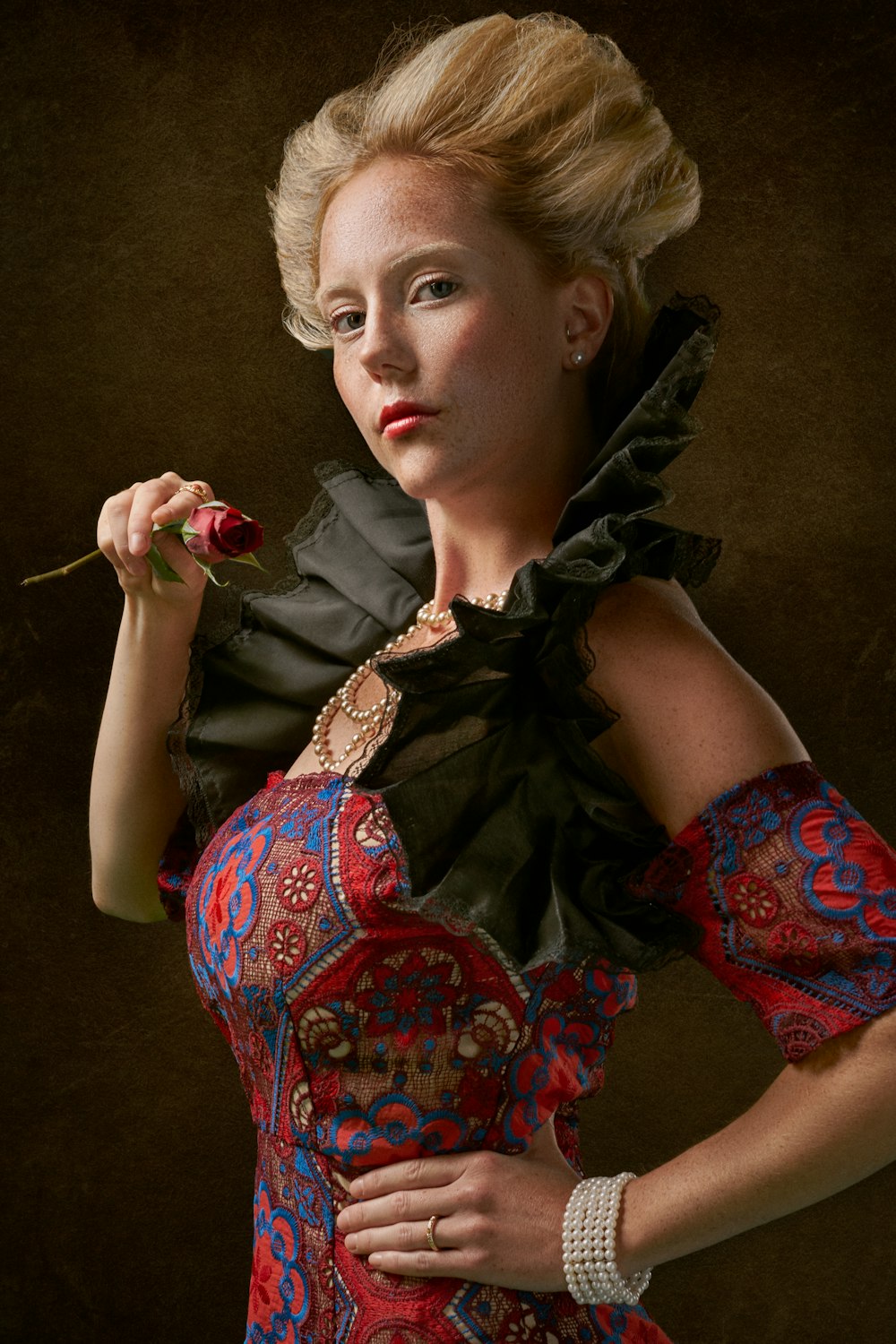Evolution of Romance Novels: A Journey Through Time

As an Amazon Associate I earn from qualifying purchases.
Romance novels have been enchanting readers for centuries, offering an escape into the world of passion, love, and desire. The Evolution of Romance Novels is a fascinating journey that spans centuries, reflecting the shifting societal norms and values while maintaining its status as one of the most beloved literary genres.
The roots of romance novels can be traced back to ancient Greece, where the works of poets like Sappho and the epic tales of love and tragedy by Homer set the foundation for romantic storytelling. However, it wasn’t until the 18th century that the modern concept of the romance novel emerged, with the publication of Samuel Richardson’s “Pamela” in 1740, considered by many as the first true romance novel.
The Gothic Romance Era, which emerged in the 19th century, stands as a captivating chapter in the evolution of romance novels. This period introduced a dark and mysterious atmosphere to the genre, exploring themes of the supernatural, unconventional heroines, and brooding landscapes. With masterpieces like Mary Shelley’s “Frankenstein” and Bram Stoker’s “Dracula,” authors crafted narratives that seamlessly blended love with elements of horror and suspense, captivating readers with tales of forbidden romance and eerie settings.
The Gothic Romance Era was not only a departure from traditional romantic storytelling but also a subversion of societal norms, featuring resilient heroines who challenged gender expectations. The legacy of this era persists in literature, leaving an indelible mark on subsequent genres and ensuring that the Gothic influence continues to resonate in the diverse and dynamic landscape of contemporary romance novels.
The Rise of the Harlequin Romance
The mid-20th century witnessed a transformative chapter in the history of romance novels with the rise of the Harlequin Romance. Launched in 1949, the Harlequin imprint quickly became synonymous with captivating love stories. These pocket-sized novels, adorned with distinctive covers featuring passionate embraces and glamorous settings, captivated readers worldwide. The Harlequin Romance not only revolutionized the publishing industry by introducing a standardized format and pricing model but also played a crucial role in making romance accessible to a broader audience.
By focusing on emotionally charged narratives and relatable characters, Harlequin Romances became a staple in the literary world, marking a shift towards mass-market appeal. The imprint’s success paved the way for the globalization of the romance genre, influencing the tastes and expectations of generations of readers and solidifying its enduring popularity.
The Feminist Wave and Diversity
In the latter half of the 20th century, romance novels evolved to reflect changing societal attitudes. The feminist movement influenced the genre, leading to the emergence of strong, independent female protagonists. Furthermore, authors began to explore diverse relationships, embracing characters of different ethnicities, sexual orientations, and backgrounds, making romance novels more inclusive and representative of the diverse world we live in.
Breaking the Mold: The 20th Century and Beyond
The 20th century witnessed a revolutionary era in romance novels. Pioneering authors like Georgette Heyer breathed new life into the genre with historical romances, while the iconic “Gone With the Wind” by Margaret Mitchell blended romance with historical drama, captivating a global audience. The latter half of the century saw subgenres like gothic romance thrive with Daphne du Maurier’s chilling “Rebecca,” while authors like Johanna Lindsey redefined the landscape with sensual historical romances.
5 Amazing Facts About Romance Novels:
- Global Phenomenon: Romance novels are the top-selling fiction genre worldwide, outselling thrillers and mysteries combined.
- Economic Powerhouse: The romance genre generates billions of dollars in revenue annually, creating jobs and supporting publishing houses.
- Diverse Voices: Today’s romance novels celebrate diversity, featuring protagonists and love stories that go beyond traditional norms.
- Community & Connection: Romance readers form passionate communities, connecting online and offline to share their love for the genre.
- Empowering Narratives: Beyond happily-ever-afters, romance novels can explore complex themes of self-discovery, personal growth, and social justice.
The evolution of romance novels is far from over. With the rise of online platforms and self-publishing, the genre continues to diversify, offering readers a vast array of voices and experiences. Whether you crave historical escapades, contemporary heartthrobs, or paranormal adventures, there’s a romance novel waiting to ignite your imagination. So, dive into the captivating world of these stories and discover the power of love, laughter, and happily-ever-afters – in all their beautifully evolving forms.
Remember, the key to a good love story is not just the destination, but the journey itself. And the evolution of romance novels promises a journey filled with passion, intrigue, and the ever-shifting tapestry of human connection. So, pick up a novel, open your heart, and witness the timeless allure of love stories unfold.
Amazon and the Amazon logo are trademarks of Amazon.com, Inc, or its affiliates.













